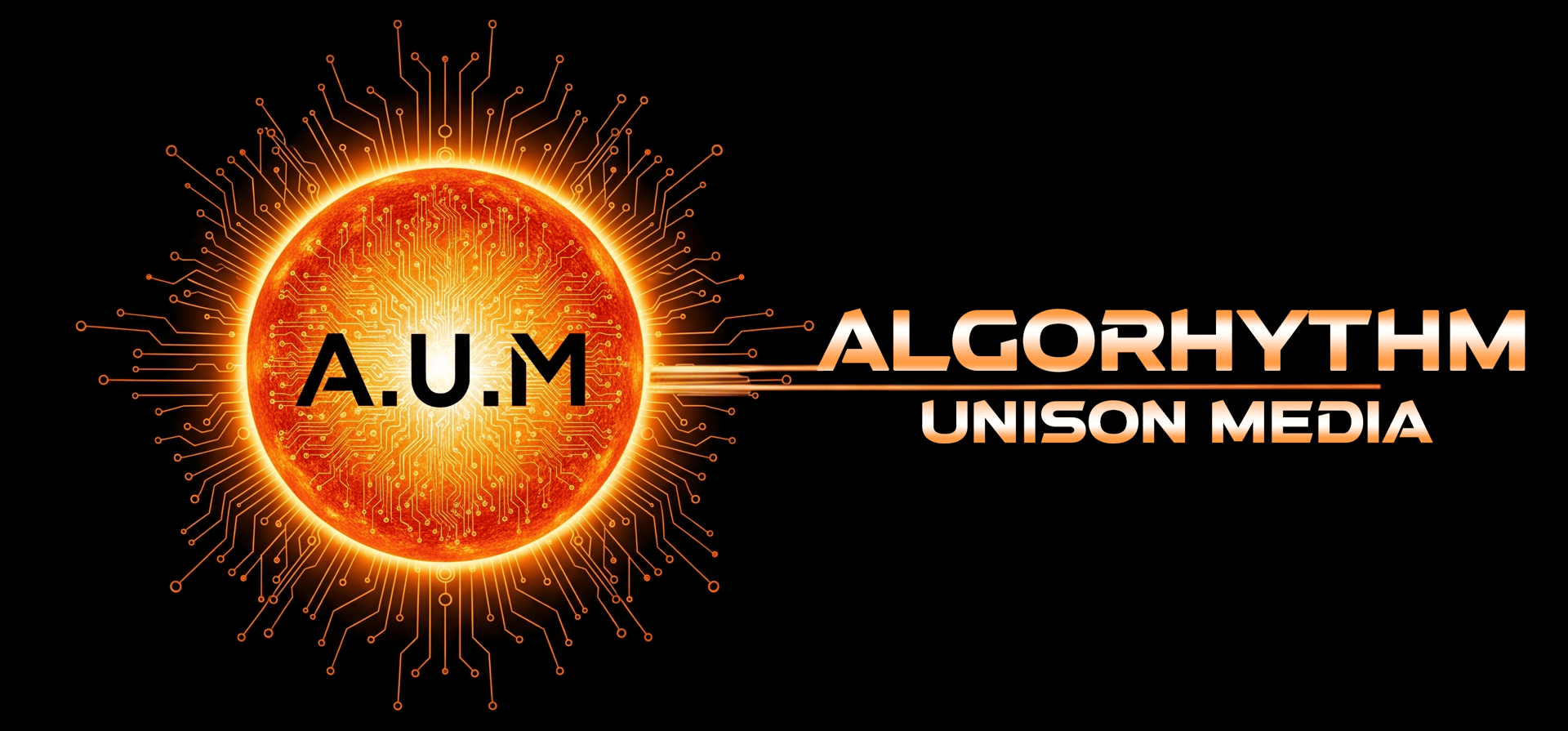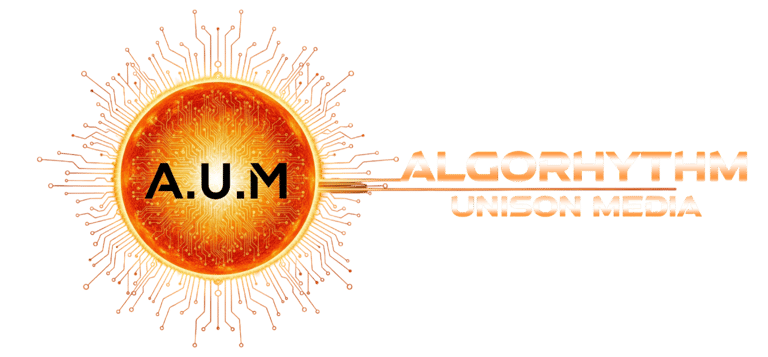New Trends in Google Ads: 2024 Insights for Advertisers
This blog post explores the top 9 Google Ads trends for 2024, including the rise of AI, the shift towards first-party data, and the importance of voice and visual search optimization. It also covers automation, video ads, sustainability in advertising, hyperlocal campaigns, privacy-focused practices, and enhanced shopping experiences. Stay ahead of the curve and learn how to make the most of Google Ads in this evolving digital landscape.
Saurabh Chettri
12/24/20243 min read


Unveiling Google Ads' Latest Trends: A Treasure Trove of Insights for Advertisers in 2024
The digital advertising landscape is evolving rapidly, and Google Ads remains at the forefront of these changes. In 2024, several trends are redefining how businesses leverage Google Ads to maximize reach, engagement, and conversions. Here's a deep dive into the most impactful trends this year:
The Rise of AI-Powered Campaigns
Google Ads is increasingly integrating artificial intelligence (AI) to streamline campaign management and improve performance. Key developments include:
AI-Powered Ad Creation: Google now offers tools that generate ad creatives, including text, images, and even video suggestions tailored to audience behavior.
Performance Max Campaigns: These campaigns use AI to deliver ads across all Google platforms (Search, Display, YouTube, Maps) based on real-time user signals.
Why it matters: AI helps advertisers save time and boosts ROI by optimizing bids, targeting, and creative elements.
Enhanced Personalization through First-Party Data
With third-party cookies being phased out, businesses are shifting toward first-party data. Google Ads now allows deeper integration with tools like Google Analytics 4 (GA4) to leverage customer data.
Enhanced Customer Match: Advertisers can create highly targeted campaigns by using email lists, CRM data, and website activity.
Audience Segmentation: Advanced segmentation tools help advertisers deliver personalized ads to niche audiences.
Why it matters: Personalization drives higher engagement and conversion rates.
Voice Search Optimization
As voice search usage continues to grow, optimizing ads for conversational queries is becoming essential.
Long-Tail Keywords: Advertisers are focusing on natural, question-based keywords that align with voice search patterns.
Location-Specific Ads: With many voice searches being local in nature, businesses are targeting "near me" queries.
Why it matters: Voice search influences local advertising strategies, improving ad relevance for on-the-go users.
Automation and Smart Bidding Dominate
Google Ads is doubling down on automation, making Smart Bidding a must-have for modern campaigns.
Real-Time Bidding Adjustments: AI-driven bidding adjusts for user behavior in real-time, improving ad placements.
Seasonality Adjustments: Advertisers can now fine-tune Smart Bidding strategies for peak sales periods like holidays.
Why it matters: Automated bidding reduces manual effort while maximizing conversions.
Video Ads Continue to Thrive
Video remains a dominant force in digital advertising, and Google Ads is enhancing its video ad offerings.
Short-Form Video Ads: Platforms like YouTube Shorts are gaining traction, prompting businesses to create bite-sized, engaging video content.
Interactive Video Ads: Features like clickable CTAs and product carousels within video ads boost interactivity.
Why it matters: Video ads are highly engaging and drive better recall compared to static formats.
Sustainable Advertising Gains Momentum
Consumers are prioritizing eco-friendly brands, and Google Ads is supporting this trend.
Sustainability Badges: Ads promoting sustainable products or practices can now display badges to attract eco-conscious buyers.
Green Ad Campaigns: Businesses are emphasizing their sustainability initiatives in ad creatives to resonate with modern audiences.
Why it matters: Highlighting sustainability can improve brand reputation and drive loyalty.
Local Campaigns Become Hyper-Focused
Google continues to refine its local advertising solutions, helping small businesses connect with nearby audiences.
Advanced Location Targeting: Advertisers can target users within specific distances from their business.
Google Maps Ads: Ads integrated into Google Maps help businesses attract foot traffic.
Why it matters: Localized campaigns are critical for driving in-store visits and local brand awareness.
Privacy-First Advertising
With increasing privacy regulations, Google Ads is adopting new practices to ensure compliance while maintaining ad performance.
Consent Mode: Helps advertisers measure conversions while respecting user consent preferences.
Privacy Sandbox: Google's alternative to cookies focuses on preserving user anonymity without compromising ad targeting.
Why it matters: Staying compliant with privacy laws is crucial for long-term success.
Shopping Ads and Visual Search Integration
Visual search is revolutionizing e-commerce, and Google Ads is capitalizing on this trend.
Enhanced Product Listings: Google Shopping ads now include detailed visuals, pricing comparisons, and user reviews.
Image Search Ads: Ads are being integrated directly into Google's image search results, making them more visually appealing.
Why it matters: Visual search improves the shopping experience and drives higher purchase intent.
Conclusion
The trends in Google Ads for 2024 highlight the platform's shift toward AI, personalization, and privacy-conscious advertising. To stay competitive, businesses must embrace these advancements, optimize their campaigns for emerging technologies, and focus on creating meaningful connections with their audiences.
Are you ready to capitalize on these trends? It's time to evolve your strategy and make the most of Google Ads in 2024!

